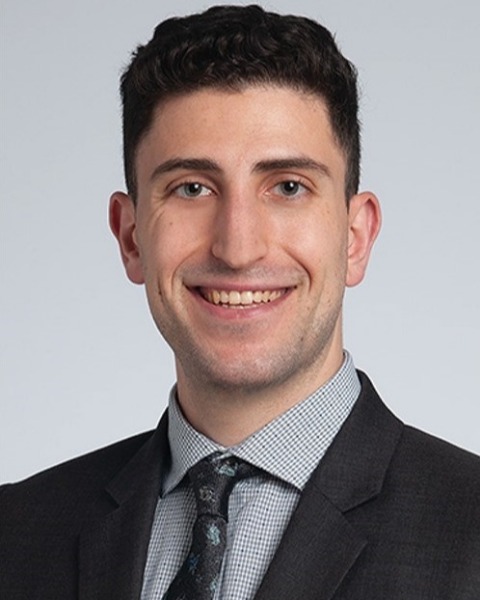Deformity
Durotomy in Adult Spinal Deformity Surgery Does Not Portent Poor Long-Term Outcomes in a Large Single-Institution Patient Cohort
Friday, February 21, 2025

Joshua Golubovsky, MD
Resident
University of Pennsylvania Health Systems
University of Pennsylvania Health Systems
Philadelphia, PA, US
Presenting Author(s)
Disclosure(s):
Joshua Golubovsky, MD: No financial relationships to disclose
Introduction: Incidental durotomy is cited to occur at a rate of 2 – 20% in thoracolumbar surgeries. Several studies on degenerative thoracolumbar pathologies have identified increased length of stay (LOS) and hospital costs associated with durotomies, but no significant long-term negative impacts on patient outcomes. The impact of durotomies has however not been thoroughly investigated in adult spinal deformity (ASD). We aimed to evaluate the impact of durotomies on patients undergoing thoracolumbar posterior spinal fusions (PSF) for ASD.
Methods: This was a retrospective multi-center cohort study. Included patients were ≥ 18 years old and underwent elective thoracolumbosacral PSF of ≥ 6 vertebrae and had at least one-year follow-up for PROMs and two-year follow-up for ASD correction. The following PROMs were assessed —Visual Analogue Scale (VAS), PROMIS Global Pain, EQ5D, Oswestry Disability Index (ODI), PROMIS Pain Interference, PROMIS Physical Function, PROMIS Depression, PROMIS Global Physical Health, and PROMIS Global Mental Health. Propensity scores for incidental durotomy were calculated using logistic regression, and propensity score matching with an attempted 1:5 ratio was conducted to adjust for confounding factors, including pre-operative PROMs.
Results: Out of 646 patients undergoing PSF of ≥ 6 levels, there were 53 durotomies (8.2%). Older age and 3-column osteotomy were both significantly associated with the occurrence of a dural tear. Patients with dural tears had increased surgical time and blood loss, and were more likely to develop postoperative hypotension, urinary retention, urinary tract infections, and thromboembolic complications. Durotomies were also linked to longer hospital LOS. However, patients with dural tears did not have higher rates of readmissions or reoperations, and did not have significantly reduced PROMs compared to the non-durotomy group.
Conclusion : Incidental durotomy in ASD is associated with elevated index hospitalization complications and LOS, but does not seem to impact patients’ long term outcomes or satisfaction.

.jpg)